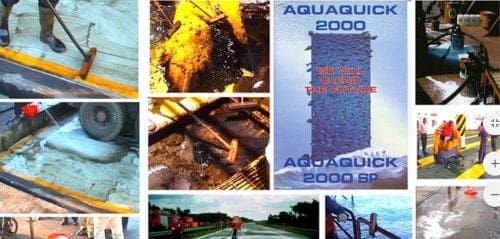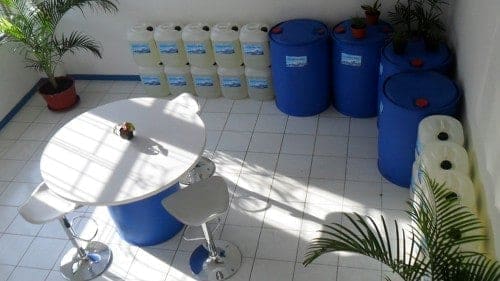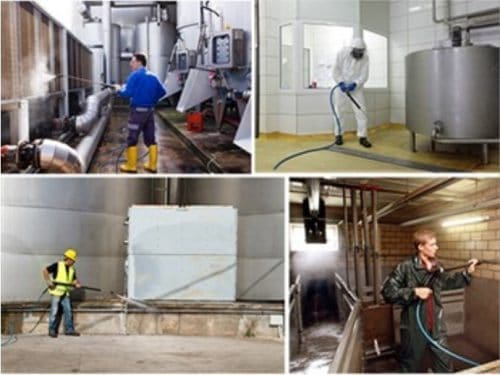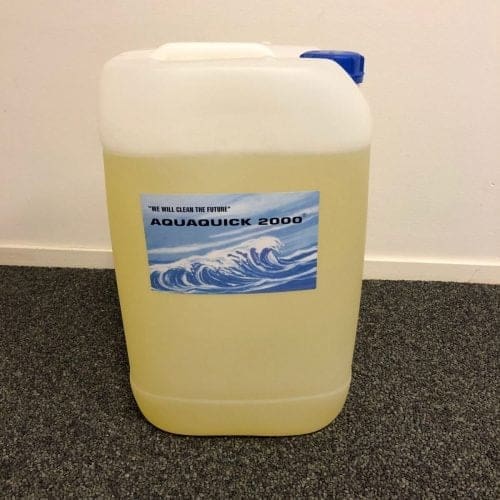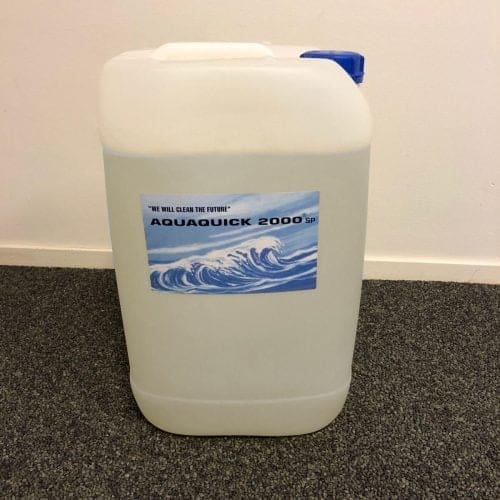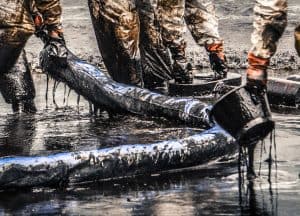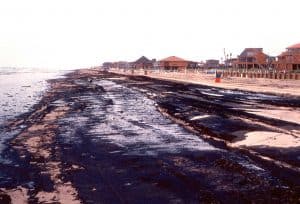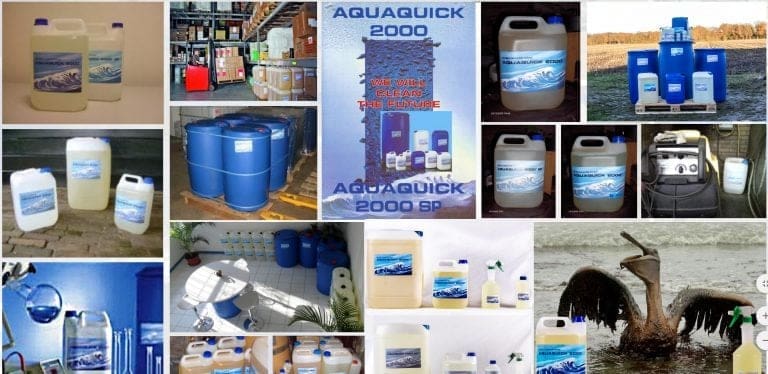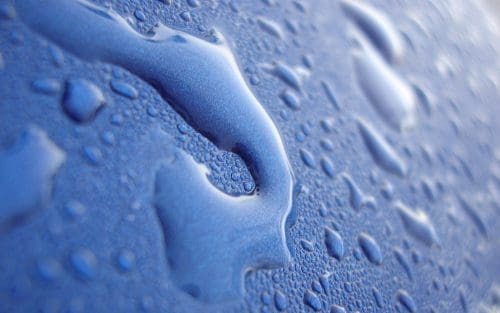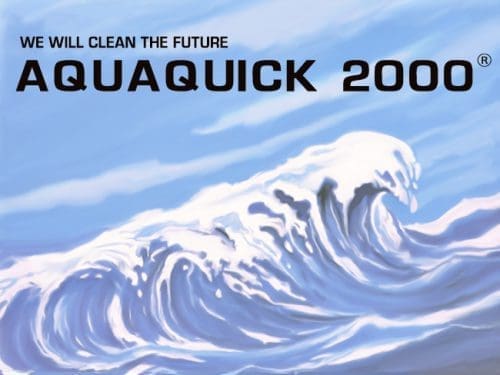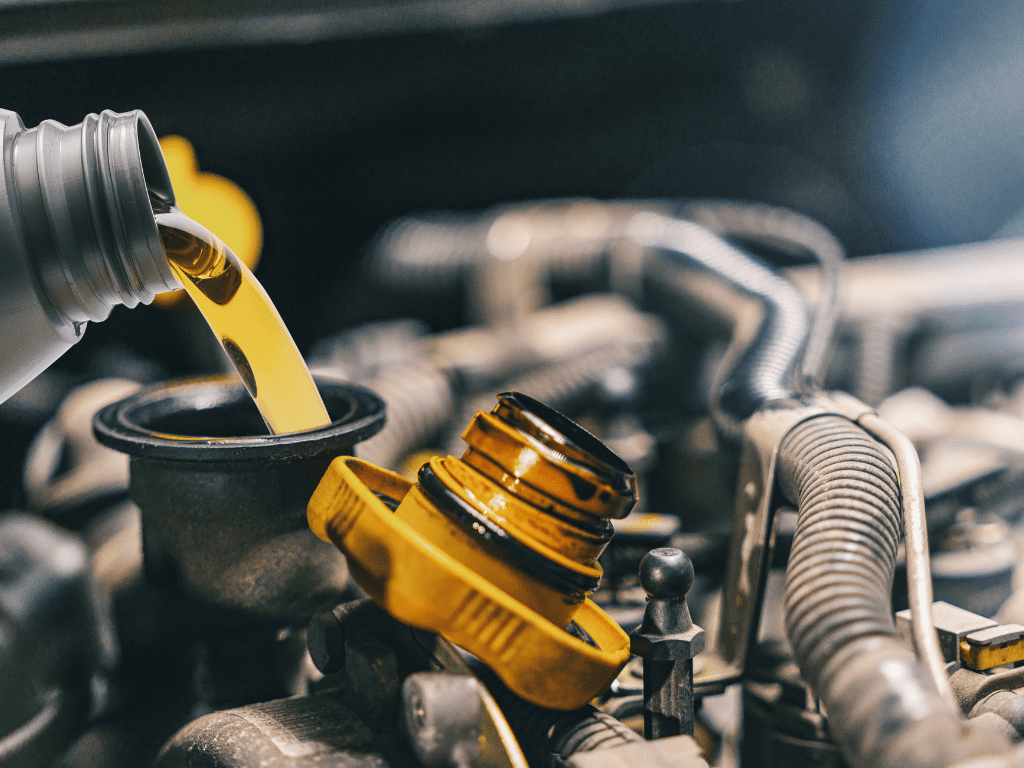What Are Oil Dispersants?
Oil dispersants are chemical agents designed to break down oil spills into smaller droplets, making it easier for natural degradation to occur. These substances help reduce the environmental impact of oil spills by preventing the thick accumulation of oil on water surfaces, which can severely harm marine ecosystems. Traditionally, oil dispersants have contained synthetic chemicals that may pose additional environmental risks. However, modern advancements have led to the development of biodegradable oil dispersants, which are safer and more eco-friendly alternatives.
Environmental Safety
One of the key benefits of biodegradable oil dispersants is their ability to break down naturally without leaving harmful residues. Traditional dispersants often contain toxic substances that can persist in marine environments, posing long-term risks to aquatic organisms. Biodegradable oil dispersants, on the other hand, are formulated with environmentally friendly ingredients that degrade into non-toxic byproducts.
Efficiency in Oil Spill Cleanup
Biodegradable oil dispersants are designed to work efficiently in various conditions, including cold and warm waters. Their ability to break down oil quickly reduces the overall impact of spills, preventing contamination from spreading. Additionally, they minimize the need for mechanical cleanup methods, which can be time-consuming and expensive.
Reduced Harm to Marine Life
Unlike conventional dispersants that may contain harsh solvents, biodegradable oil dispersants are formulated with safer ingredients that pose minimal risks to marine species. Many of these products have been tested for their toxicity levels to ensure they do not harm fish, coral reefs, or other aquatic organisms. This makes them a preferred choice for oil spill response teams looking to mitigate environmental damage effectively.
How Do Oil Dispersants Work?
Oil dispersants function by reducing the surface tension between oil and water, allowing the oil to break into tiny droplets that mix more easily with water. This process increases the surface area of the oil, enabling naturally occurring bacteria and other microorganisms to degrade the oil more efficiently. The breakdown of oil is further aided by wave action and water currents, which help disperse the oil over a wider area. This prevents the formation of thick oil slicks that can suffocate marine life and damage coastal ecosystems.

Surfactants and Their Role
Biodegradable oil dispersants contain surfactants, which are compounds that lower the surface tension between oil and water. These surfactants work by surrounding oil droplets and breaking them into smaller particles. The smaller the oil droplets, the easier it is for natural bacteria to consume and degrade them. Biodegradable surfactants ensure that this process occurs without introducing harmful chemicals into the environment.
Emulsification and Biodegradation
Emulsification is a critical step in the oil dispersal process. When oil dispersants are applied, they break the oil into microscopic droplets that remain suspended in water. This allows bacteria and other natural decomposers to access the oil more easily, accelerating the biodegradation process. Unlike traditional dispersants, biodegradable oil dispersants facilitate this process without causing secondary pollution.
Factors Influencing Effectiveness
The effectiveness of biodegradable oil dispersants depends on several factors, including:
- Water Temperature: Warmer waters enhance microbial activity, speeding up oil degradation.
- Wave Action: Natural wave movements help distribute the dispersed oil, aiding in its breakdown.
- Oil Type: Lighter oils are easier to disperse and degrade compared to heavy crude oils.
- Dispersant Concentration: The amount of dispersant applied affects its efficiency in breaking down oil spills.
Understanding these factors allows for better decision-making when choosing and applying dispersants in oil spill situations.
The Importance of Biodegradability in Oil Dispersants
Biodegradability is a crucial factor in modern oil dispersants, as it ensures that the chemicals used do not contribute to long-term environmental damage. Unlike older chemical dispersants that leave behind residues, biodegradable options decompose naturally, reducing their ecological footprint. This shift towards eco-friendly solutions helps preserve marine biodiversity and supports sustainable oil spill management practices.
Environmental Safety
One of the key benefits of biodegradable oil dispersants is their ability to break down naturally without leaving harmful residues. Traditional dispersants often contain toxic substances that can persist in marine environments, posing long-term risks to aquatic organisms. Biodegradable oil dispersants, on the other hand, are formulated with environmentally friendly ingredients that degrade into non-toxic byproducts.
Efficiency in Oil Spill Cleanup
Biodegradable oil dispersants are designed to work efficiently in various conditions, including cold and warm waters. Their ability to break down oil quickly reduces the overall impact of spills, preventing contamination from spreading. Additionally, they minimize the need for mechanical cleanup methods, which can be time-consuming and expensive.
Reduced Harm to Marine Life
Unlike conventional dispersants that may contain harsh solvents, biodegradable oil dispersants are formulated with safer ingredients that pose minimal risks to marine species. Many of these products have been tested for their toxicity levels to ensure they do not harm fish, coral reefs, or other aquatic organisms. This makes them a preferred choice for oil spill response teams looking to mitigate environmental damage effectively.
AQUAQUICK 2000: A Leading Biodegradable Oil Dispersant
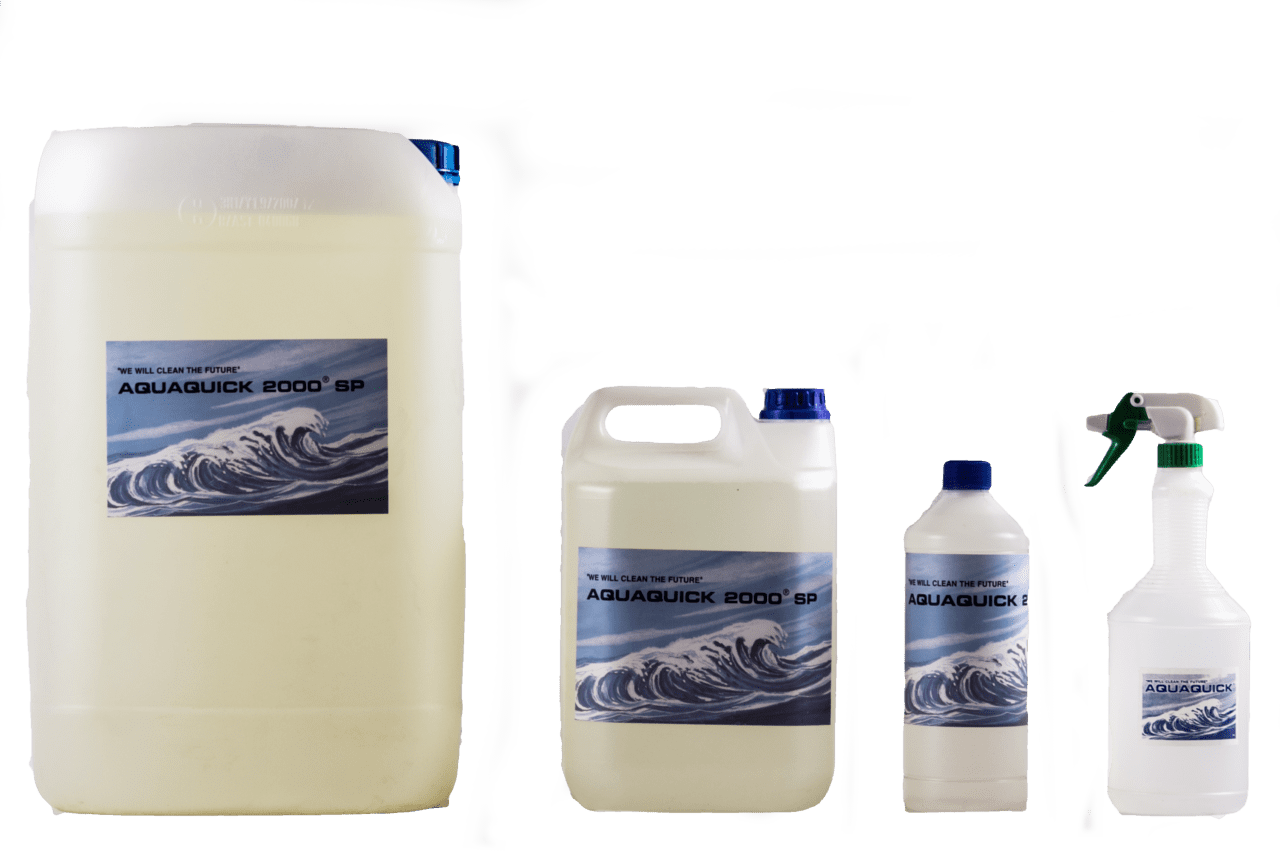
AQUAQUICK 2000 is a highly effective and environmentally friendly oil dispersant designed for efficient oil spill cleanup. Unlike traditional chemical dispersants, AQUAQUICK 2000 is fully biodegradable and non-toxic, making it a safer choice for marine environments. Its unique formula works by emulsifying oil spills, allowing natural microorganisms to break down the contaminants rapidly. Whether used in industrial settings or marine cleanup operations, AQUAQUICK 2000 provides a sustainable solution for managing oil spills.
Industries and organizations involved in oil spill response require products that are both effective and environmentally responsible. AQUAQUICK 2000 meets these demands by offering a dispersant solution that aligns with sustainability goals while delivering superior performance.
Conclusion
Biodegradable oil dispersants are revolutionizing oil spill management by offering a safer, more sustainable alternative to traditional chemical dispersants. Their ability to break down oil efficiently while minimizing environmental harm makes them an essential tool for marine conservation and industrial spill response. AQUAQUICK 2000 stands out as a leading biodegradable oil dispersant, providing a powerful and eco-friendly solution for oil spill cleanup. As technology continues to advance, biodegradable dispersants will play an increasingly vital role in protecting our oceans and preserving marine ecosystems.
Investing in biodegradable dispersants ensures that oil spills are managed responsibly while prioritizing environmental sustainability. As industries and governments focus more on ecological protection, these dispersants will become an integral part of oil spill response strategies.

